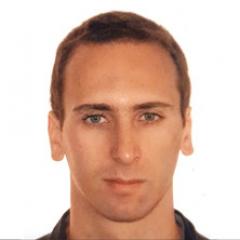Supersymmetry, Supergravity and String inspired models of Cosmology
Project Level: PhD
During the last four decades, supersymmetry has been at the forefront of research in theoretical and mathematical physics of fundamental interactions. It played a crucial role in constructing models aimed at the unification of all forces including quantum gravity, namely string theory. As such, an active area of research is attempting to reconcile string theory with observed cosmology. Supersymmetry has also led to several new developments in mathematical physics.
Supergravity arises as the low-energy limit of string theory. Higher-order deformations of gravity give alternative descriptions of dark energy or dark matter and have recently become prominent in inflationary models; see for example the Starobinsky model. It has been recently shown that various higher-derivative supergravities lead to spontaneously broken supersymmetry and a dynamically generated positive cosmological constant. On one hand, this raised a renewed interest in extended supergravity models possessing de-Sitter (expanding universe) solutions in various dimensions. On the other hand, it remains an open question, and a subject of active debate in the string theory community, to understand whether these models are only effective theories or can be embedded in a consistent theory of quantum gravity.
Another breakthrough of the last two decades in research in string theory has been the discovery of holographic correspondences. These are theoretical tools connecting (D+1)-dimensional theories of (quantum) gravity to D-dimensional Quantum Field Theories (QFTs). The term holography is used in analogy to 2D holograms that can encode information about 3D objects. The best-established holographic conjectures involve supersymmetric theories. Several attempts to describe cosmological models by using holography have also been made.
This project aims at tackling open questions of string inspired cosmological models. A mathematical characterization of supergravity theories with spontaneously broken supersymmetry will be completed as a step towards understanding whether a positive cosmological constant and de-Sitter solutions can be consistent in string theory or different cosmological scenarios need to be found. Moreover, the project will explore also more exotic, but potentially revolutionary, holographic approaches to quantum cosmology.

